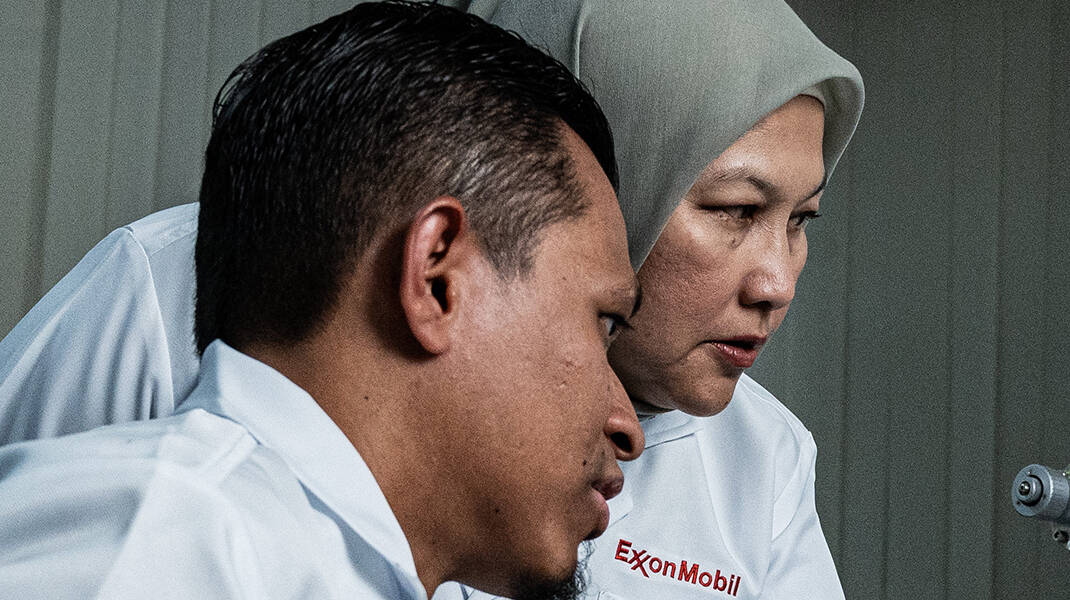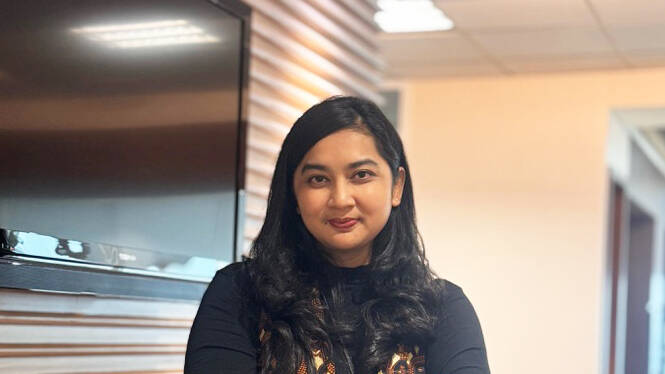Cutting Carbon Emissions In Asia: Collaboration And Innovation
CCS is capable of removing up to 90% of emissions from industrial activities. This is critical for Asia, as high-emitting sectors like heavy industry and power generation increase production to meet growing demand.
ExxonMobil is exploring the potential for carbon capture and storage hubs that could help reduce industrial CO2 emissions in this region, which the International Energy Agency says exceeded 4 billion tonnes in 2019.
We are working with governments, industry, academia and other key stakeholders to assess different CCS opportunities across the region.
A world-scale project
In June, we signed a Memorandum of Understanding (MoU) in China with CNOOC China Ltd., Shell and the Guangdong Provincial Development and Reform Commission to explore CCS opportunities in the Dayawan Petrochemical Industrial Park, located in Huizhou.It follows our announcement of a multibillion-dollar investment in that industrial park, where we plan to build a chemical complex to help boost China’s manufacturing capabilities.
The joint study with CNOOC, Shell and the Guangdong government will evaluate a world-scale CCS operation to reduce emissions in the area, potentially capturing up to 10 million tonnes of CO2 a year. It could also serve as a model for the chemical industry, with the potential to be one of the first large petrochemical complexes in the world to be decarbonized.
ExxonMobil CEO Darren Woods said the project supports China’s objective for carbon neutrality by 2060, as well as ExxonMobil’s net-zero ambitions from our operated assets.
In addition to studying a potential CCS project, ExxonMobil, CNOOC, Shell and the Guangdong government will also jointly assess the nation’s existing carbon policy, and propose additional policies that could support the deployment of further CCS technology across the industrial park.
Across Asia Pacific
We’re also exploring the potential for CCS projects elsewhere in the region.
In Australia, for example, we have studies underway for a South East Australia CCS hub that could store carbon dioxide from local industry in the Gippsland Basin, off the coast of Victoria, which could be operational as soon as 2025. Australia’s national science body, the Commonwealth Science and Industrial Research Organisation (CSIRO), recently backed CCS in the region.
We are also working with national energy companies in Indonesia and Malaysia, as well as stakeholders in Singapore, to examine the potential of developing CCS across Southeast Asia. This includes the possibility of a regional hub concept, which could connect high-emitting industries to carbon capture capabilities and world-scale storage.
We recently advanced our cooperation with Pertamina in Indonesia, signing a joint study agreement to assess the potential for large-scale implementation of lower-emissions technologies, including CCS and hydrogen production.
Read on to learn more about how and where we are helping to develop CCS across the region.

Asia Pacific region
Newsroom
Stay up to date with the latest news and information
Explore more

Digital minds, global solutions: KLTC’s virtual way of working
2 min read
• Dec. 8, 2025
Empowering the next generation through STEM education
4 min read
• Nov. 25, 2025
Global engineering talent in the heart of Malaysia
3 min read
• Nov. 18, 2025
Getting a headstart: Giving students a taste of real-world challenges
2 min read
• April 7, 2025
Papua New Guinea clans unite to conserve 20,000 hectares
2 min read
• March 13, 2025
No such thing as a stupid question: Dyah’s advice for women in the workforce
3 min read
• March 4, 2025